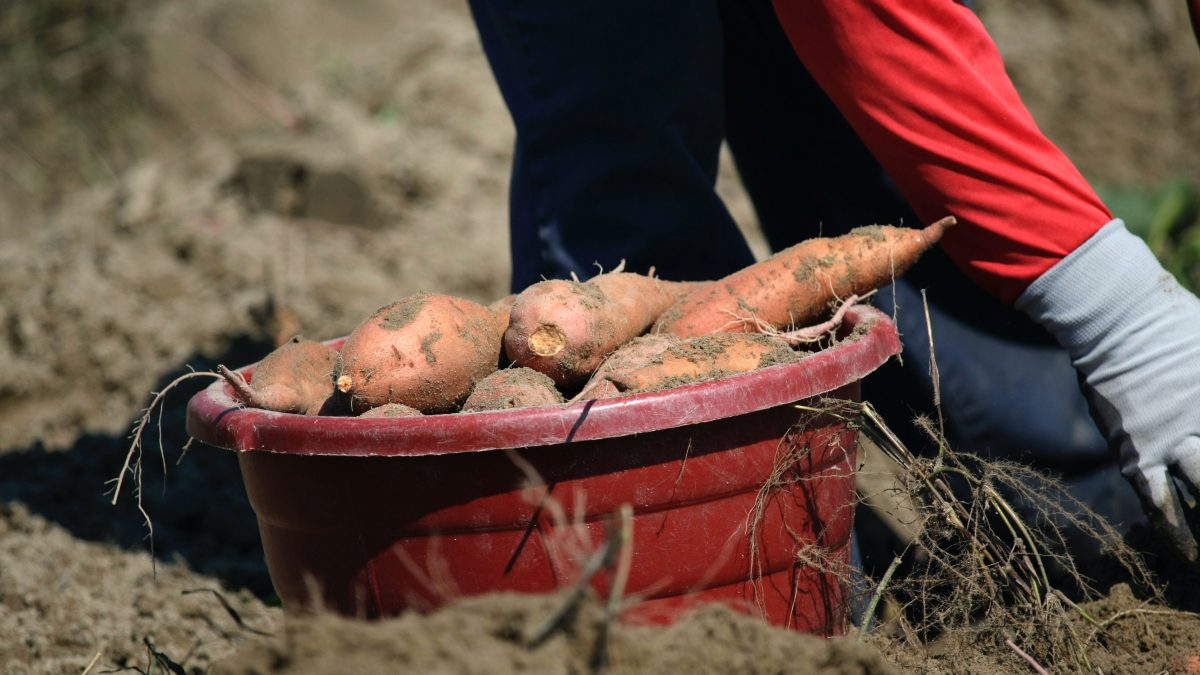H-2A Labor Remains Vital for Agriculture
John Walt Boatright
Director, Government Affairs
Chad Smith
Associate News Service Editor, NAFB

photo credit: Mark Stebnicki, North Carolina Farm Bureau
John Walt Boatright
Director, Government Affairs
Chad Smith
Associate News Service Editor, NAFB
A slight uptick in H-2A usage for fiscal year 2024 shows that farmers and ranchers must still rely on seasonal workers. Chad Smith has the specifics.
Smith: Demand continues growing for farm labor through the H-2A program. John Walt Boatright, director of government affairs for the American Farm Bureau Federation, says that even though the increase in positions certified was small, it still demonstrates how important the program is.
Boatright: We saw H-2A positions increase by two percent at 384,900 H-2A positions certified in fiscal year 2024, which means that's the amount of demand that farmers and ranchers have in the United States for seasonal agricultural labor, and that was 6,000 more in terms of true position certified over fiscal year 2023.
Smith: He says this year’s slower growth only seems that way due to significant historical increases in program usage.
Boatright: Well, we have seen increases year over year, but we haven't seen the explosive growth that we've seen in the H-2A program in, say, the past ten years or so, so we are seeing a slowdown in the increase, but an increase nonetheless.
Smith: Boatright says the high burden placed on employers is likely a factor in slower demand for temporary workers.
Boatright: The avalanche of rulemaking that's happened over the past couple of years. We've seen three-to-4,000 pages of new regulations over the past two years affecting agricultural employers, and we're also looking at the per-worker cost of bringing in these H-2A workers. So, we saw petition fees increase over the past year or two. We've also seen, in certain states, minimum wage increases that will certainly directly impact H-2A wages.
Smith: Learn more on the Market Intel page at fb.org. Chad Smith, Washington.
What We're Saying
Trending Topics
VIEW ALL



